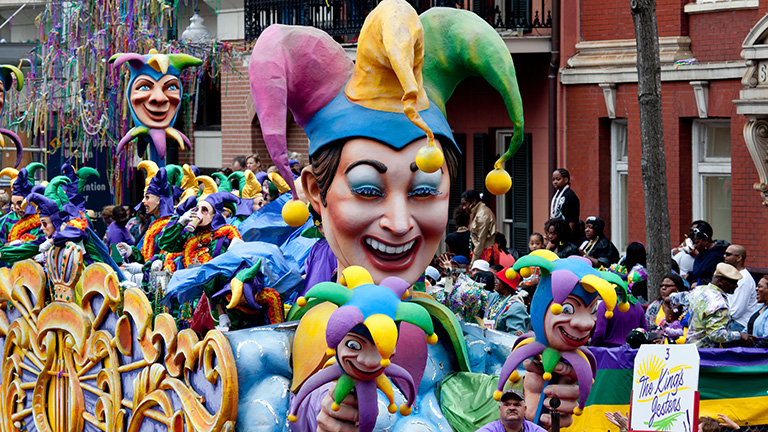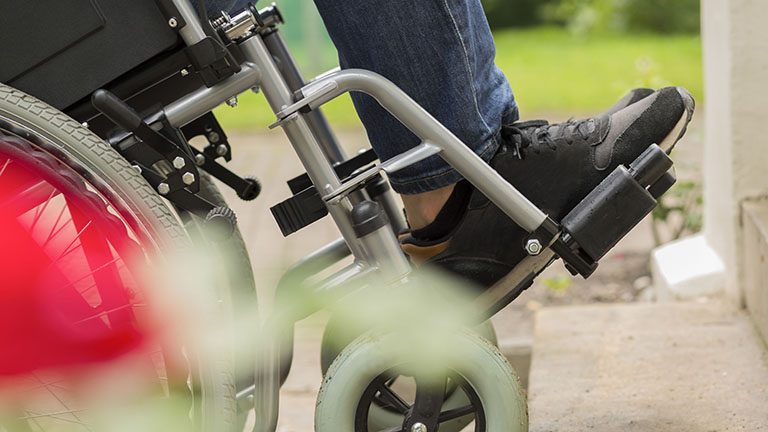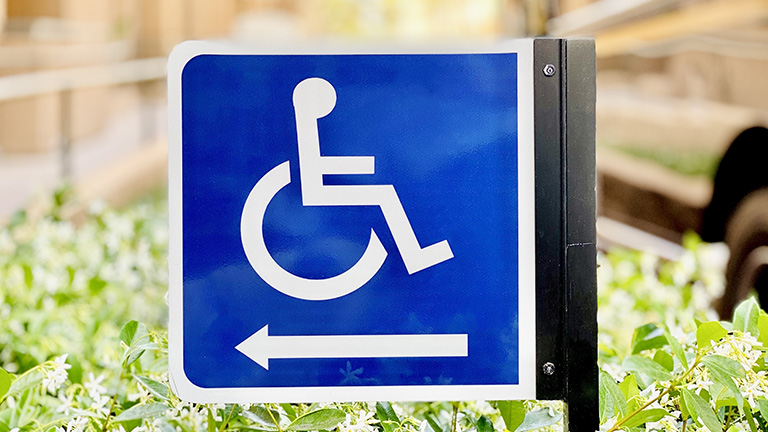Festivals, celebrations, and parades are more than simple parties; they often have significant historical and cultural roots. These roots tap into cultural traditions and serve as a pathway to a global heritage. Accordingly, each celebration recognizes a growing and inclusive community, attracting millions of people annually. In turn, such diverse groups of people attest to the indomitable human spirit.
Steeped in history and focused on community, below is the 1st of 5 of the world’s largest accessible celebrations (see the others here):
Mardi Gras: New Orleans, Louisiana
Known by New Orleans natives as the “Greatest Free Show on Earth,” Mardi Gras is celebrated on Fat Tuesday (the day before Ash Wednesday) every year in recognition of the final day of revelry before Epiphany. The celebration takes place in the French Quarter of New Orleans – the oldest part of the city located just blocks from the Mississippi River – and annually attracts three times the city’s population. In addition, the “krewes,” social societies, responsible for planning and funding the parades, often host balls. Some balls are open to the public, some are private affairs meant only for the krewe, and some are “by invitation only”; however, each ball has its own theme and spectacle. For example, the Krew of Endymion hosts an extravaganza in the Superdome that features big-name performers playing to crowds numbering in the tens of thousands.
Getting Around in New Orleans
Getting There
- Plane Accessibility: Louis Armstrong New Orleans International Airport is a highly accessible facility that is free of architectural barriers and features Americans with Disabilities Act (ADA) compliant restrooms throughout. For those requiring a wheelchair or other accommodation at the airport, Louis Armstrong International recommends calling ahead to confirm services. Further information can be found on the airport’s website.
- Train Accessibility: Amtrak provides rail service to New Orleans directly through three separate routes: The City of New Orleans, The Crescent, and the Sunset Limited. Additional routes are available with a transfer. Amtrak trains provide onboard accessible accommodations, including seating and bathrooms. In addition, access to or from the trains is provided via ramps or platform lifts. Furthermore, Amtrak offers a “companion fare,” a 15% discount to those traveling with a disabled passenger. However, the accessibility of train stations varies from station to station. Therefore, it is recommended that travelers call the station along their route to confirm the presence of accessible accommodations. See Amtrak’s website for more information.
Public Transport
City Bus Accessibility: New Orleans city buses are accessible to disabled passengers and regularly service many parts of the city. City busses “kneel,” or tilt closer to the curb, to provide easier entry. In addition, New Orleans city buses provide fold-out ramps, as well as offer priority seating.
Streetcar Accessibility: New Orleans is widely serviced by two separate types of streetcars: green streetcars and red street cars. The green streetcars are historic, dating from the 1920’s and, therefore, are not accessible. However, the red streetcars are accessible and provide platform lifts for entry into the street car as well as priority seating. Furthermore, red streetcars provide accommodations for the visually impaired, such as audio announcements and tactile elements. See the New Orleans Transit Authority website for further information.
Ferry Accessibility: New Orleans also has ferries for transporting pedestrians across the Mississippi river. These ferries are accessible to those with disabilities via ramps. In addition, the ferries offer a reduced rate for those with a disability. See the New Orleans Transit Authority website for more information.
On Your Own
-
- Sidewalks Accessibility: Due to the age of the city and its geographic location, many of the sidewalks are cracked, potted, and uneven. Furthermore, many intersections within the older districts, including the French Quarter, do not feature curb cuts. However, parts of the city, such as the downtown area and the business district, are more accessible.
- Road Accessibility: Like the sidewalks, streets in the older sections of the city are not always easily accessible. However, for those wandering along in the French Quarter, Bourbon Street is blocked off to traffic each afternoon, providing the opportunity for pedestrians to travel in the street.
For additional accessible travel tips, John Morris’s website wheelchairtravel.org is a terrific resource for those traveling with disabilities.
Next stop, Access Oktoberfest: Munich, Germany!
* Wheelchairlift.com would like to thank author John Morris and recognize his website wheelchairtravel.org for informing much of this post. John is a world traveler with an extensive knowledge of how to travel the accessible way. Follow John on Twitter. In addition, wheelchairlift.com would like to also recognize the City of New Orleans, the New Orleans Regional Transit Authority (RTA), as well as the Amtrak and the Louis Armstrong International Airport websites.



